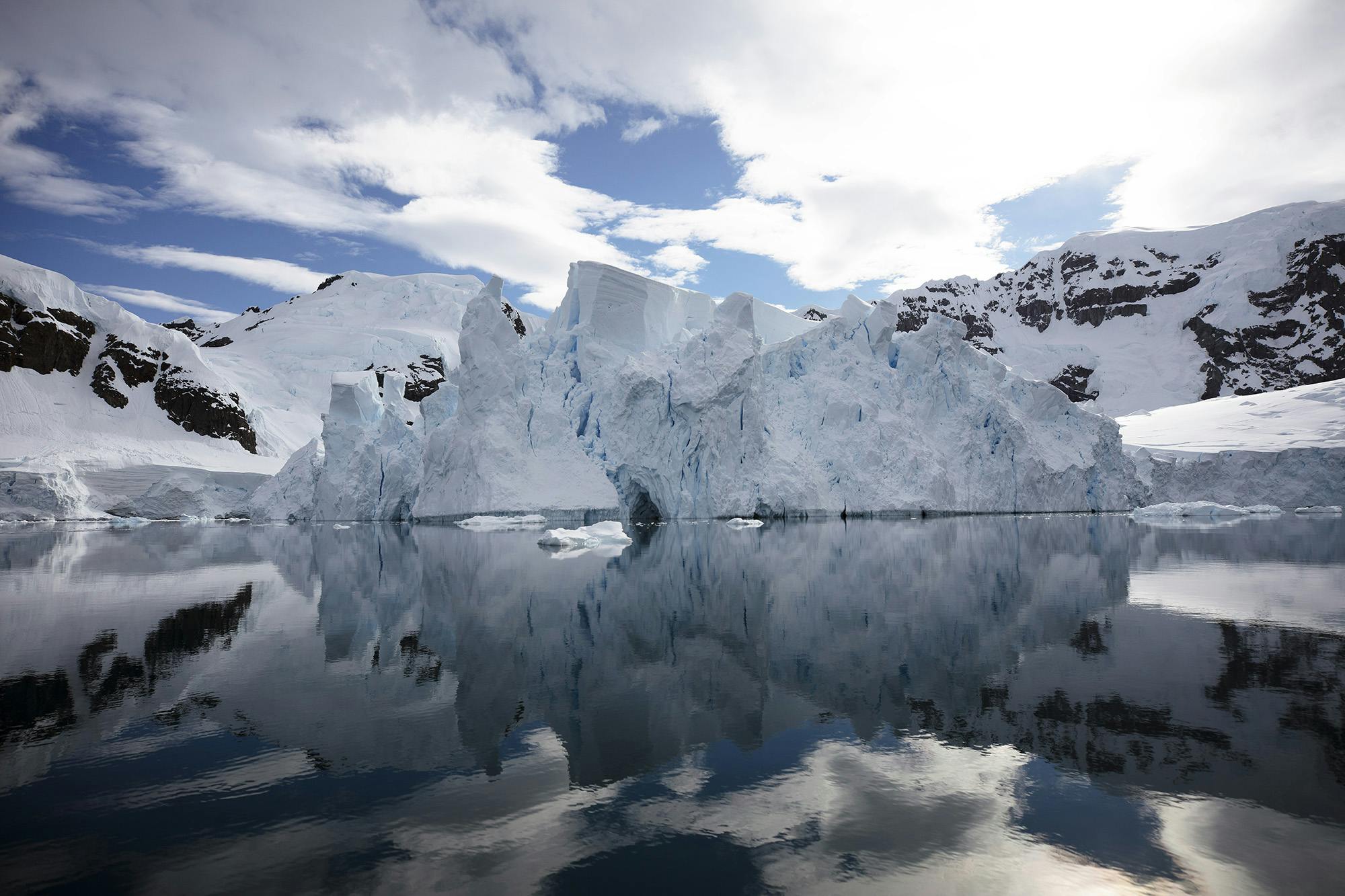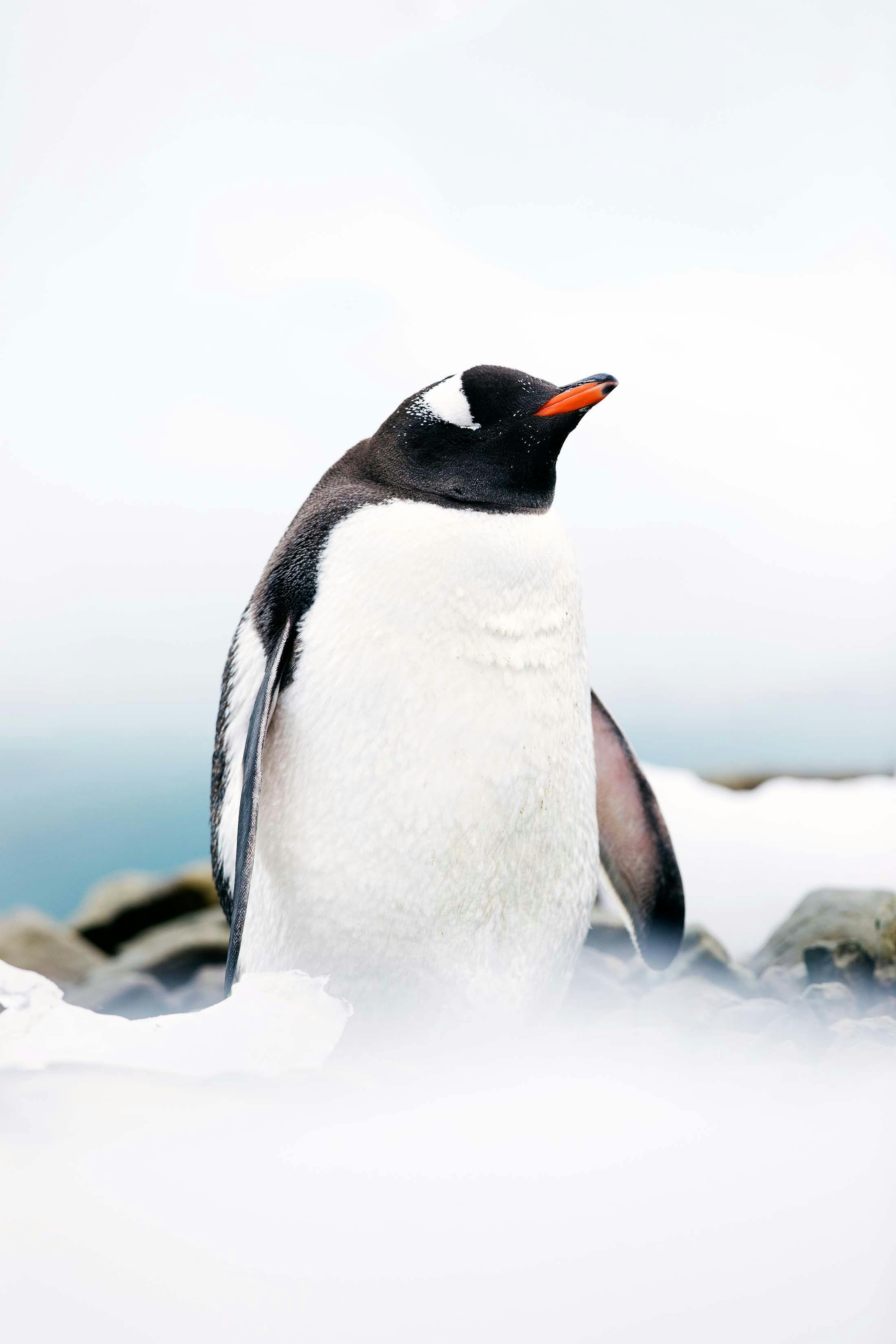Planning to Travel to Antarctica? 11 Tips to Know Before You Go
The desire to travel to Antarctica has long stirred the imagination of explorers and adventurers who risked their lives to forge a path into the unknown. Shackleton. Scott. Amundsen. Their names recall their daring exploits on the most remote and inhospitable continent in the world.
Two centuries after its discovery in 1820, the White Continent remains almost as mysterious as during the days of its earliest exploration. And therein lies its appeal. This desolate, frozen landmass — the coldest, driest and windiest continent on earth — beckons as the ultimate travel destination.
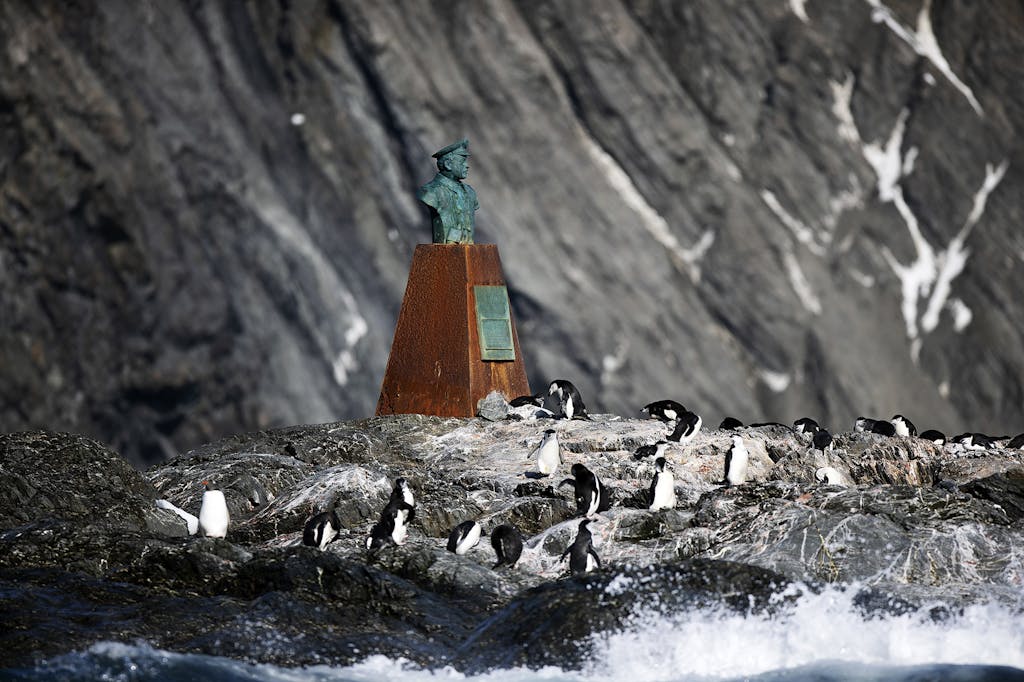
Here’s the thing: An Antarctica cruise is unlike any other and not just because of the continent’s isolation and otherworldly beauty. It’s more like traveling to another planet. Antarctica voyages visit remote landings (Silversea has access to up to 44 landing sites, not including South Georgia and the Falkland Islands) so each day is planned by the captain and expedition leader. Weather dictates the daily itinerary. All this means the cruise has unique ground rules and a rhythm all its own. Plus, an Antarctic voyage is an exclusive pinch-me experience. The pressure to get the most out of my experience was pretty high.
Is an Antarctica cruise in your future?
In the spirit of sharing my imperfect (but fabulous) first cruise to Antarctica, I’m offering some tips to help you avoid any possible pitfalls. To do that, I also reached out to a guy who knows his way around Antarctica. Conrad Combrink, Silversea Cruise’s Senior Vice President of Expeditions, Destination and Itinerary Management, has visited the White Continent no less than 75 times. The first thing he wants to say is this: “It’s still thrilling every time.”
1. Pace yourself
Because of the overwhelming, life-altering nature of an Antarctic cruise, the greatest challenge is the temptation to pack too much into each day. It’s easy to succumb to FOMO, or “fear of missing out.”
The average amount of time spent in Antarctica on a classic voyage, excluding the days you’ll travel to and from South American ports via the Drake Passage, is five to six days. Because most days on landings include at least two shore excursions, your option in that timeframe is to tackle 10 to 12 expeditions in total. If you take them all, you may get pretty worn out, Combrink tells us. Avoid polar burnout with an occasional moment of downtime. Relaxing while reading a book about the continent, sipping a cocktail from your own veranda overlooking craggy ice peaks, and mingling with a collegial fellow passenger out on deck. All this is part of the experience, too.
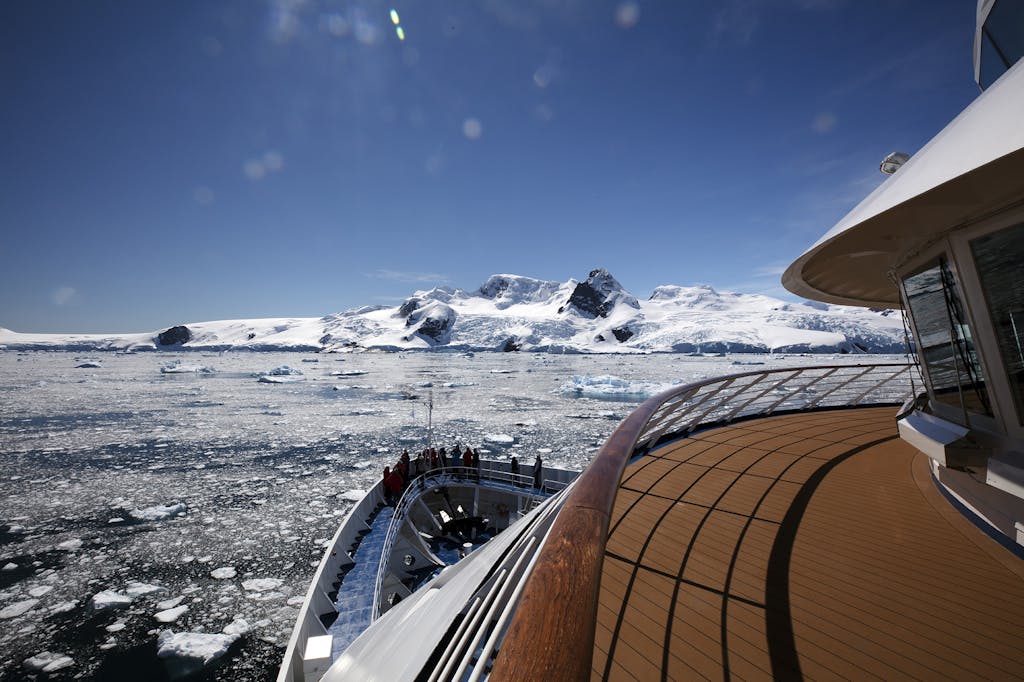
“The beauty of Antarctica,” Combrink says, “is you don’t necessarily need to be ashore to experience it. This is a holiday, after all, and it’s not a competition. You need to appreciate everything about it. I often see people rush to get into the zodiac tours of Antarctica. I encourage them to slow down and watch the penguins and just appreciate the ice and the water and the scenery.”
2. Plan to be flexible
In a region where the itinerary is so dictated by weather, which changes by the moment and is often unpredictable, embrace the unexpected. Says Combrink, “Don’t be too tied to what you want to achieve and look to the experience of the moment. If you have a preconceived plan, you become set on that experience. It’s better to relax and be flexible. The entire experience is flexible by design. So be guided by your captain and expedition leader and follow their guidance.”
3. Surrender expectations
Building on the importance of flexibility, what I learned — and it was challenging for me at first (well, maybe the first day) — is that it’s important to let go of expectations about travel to Antarctica. I’m not alone. “Most of our guests are accomplished and successful and surrendering is not that easy for them,” says Combrink. “Sometimes, if they plan a day and have to change their schedule, they get upset. But once you’re on the ship, just surrender to the experience. Trust the process, listen to the team onboard and enjoy the fact that you are one of a very few, very fortunate people who get to experience this.”
4. Respect the weather
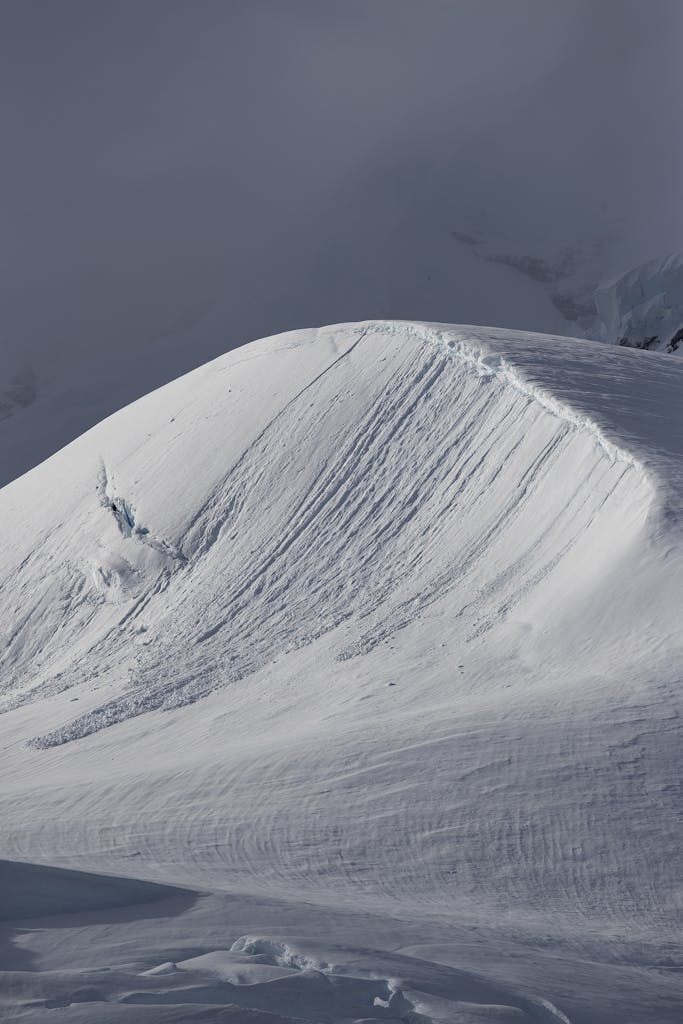
Dictated by wind, snow and ice, weather in Antarctica is extremely unpredictable and can change on a dime, forcing the ship to alter course and even cancel some shore excursions due to difficult landing conditions. Because of that, Combrink recommends going ashore whenever it’s possible to seize the day. Vigilant readers may wonder if this contradicts our first tip and yes, it might (which is just one more reason why Antarctica is one of the most surprising and otherworldly experiences you’ll ever have).
“We don’t know what tomorrow brings,” he says. “If the weather moves in, a low pressure system can prevent some landings. I’ve seen weather change so quickly so I treat every day as the day to go ashore — especially at the beginning.”
Here’s the tip, though: Even if you do go ashore at every opportunity, you don’t have to stay ashore any longer than you want to. If you’ve had enough (time on shore), tell your expedition leader you’re ready to go back to the ship. “That’s how you can pace yourself,” Combrink tells us.
5. Know your limitations
Some excursions can be physically demanding, such as hiking uphill over snowy or rocky terrain or kayaking in choppy waters. So being realistic about your abilities and limitations can mean the difference between an enjoyable experience and a stressful one.
Really helpful: “Our briefings paint a detailed picture of what to expect,” Combrink. “We help set expectations, so guests can choose the best experience for them. If (we determine) that a guest cannot do a hike, we let them know, so they won’t fail and feel bad about themselves, and also they won’t let the group down.”

At the same time, the high expedition staff-to-guest ratio of one expedition leader for every 10 guests allows Silversea to create experiences for all levels, says Combrink. “Antarctica is not as difficult as some people might perceive it to be. I feel that everybody can do it, despite their physical limitations. We’ve actually had guests with wheelchairs. We encourage people to just go ashore and enjoy the landing site itself, so they don’t miss out, even if they don’t go on the hike.”
6. Onboard experiences are Antarctica-immersed
Expedition leaders don’t just inform your knowledge about Antarctica on land: They also host a variety of lectures onboard. You don’t want to miss the enrichment, which ranges from marine biology to polar history to geography. And here’s what I learned on my voyage: You don’t have to attend them all in person! They’re all recorded and streamed into your suite, so you can watch at your comfort and convenience.
7. Can expedition leaders be your new best friend?
You bet! In between leading adventures ashore and expounding on their own particular areas of expertise, there are plenty of opportunities to interact one-on-one with these highly qualified speakers, who also serve as expedition leaders. You can mingle with them during excursions, at meals, over a cocktail or in the lounges.
“They drive the zodiacs, so you will always be with an expedition staffer who can inform you about what you’re seeing,” Combrink tells us. “That’s a great advantage. They’re very social, so you can dine with them, too.”
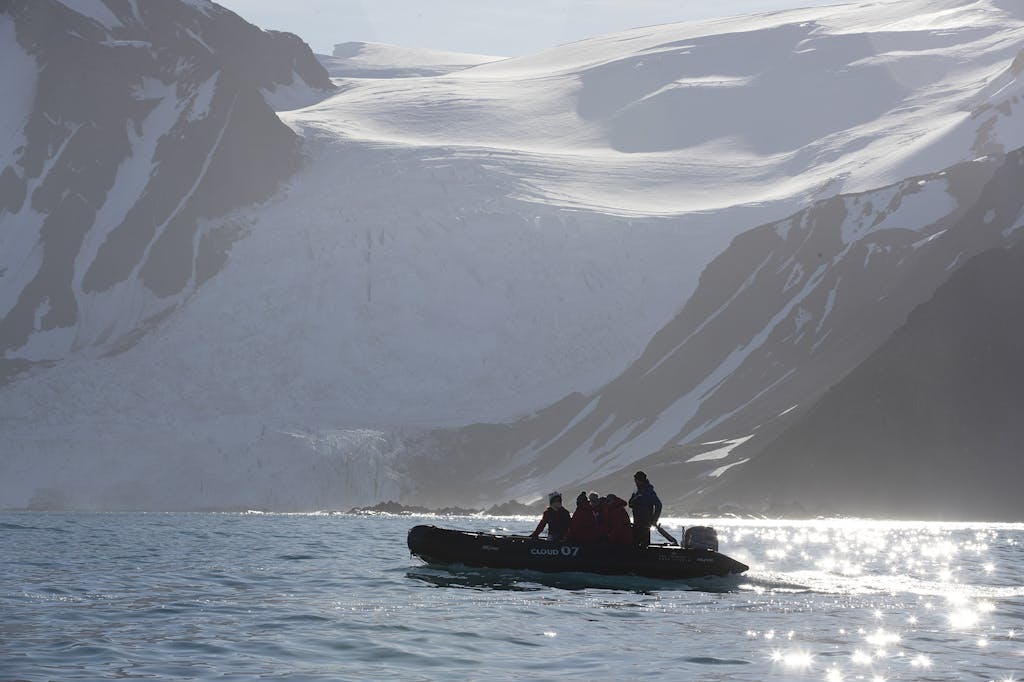
8. Eat, drink and be merry
Despite all the snow and ice, Antarctica is considered a desert with annual precipitation of less than two inches. But most people underestimate how dry the air is in the driest continent on the planet. That’s why proper hydration — and proper nutrition for some of the more strenuous activities — is so important.
“We advise people to stay hydrated, and we encourage everyone to use the water bottles that are provided,” he says. “Some people worry about having to go to the toilet on shore if they drink too much. But it’s more important to stay hydrated. You actually sweat more than you think.”
And apart from eating for fuel, doesn’t everyone deserve a reward after a day exploring one of the world’s most remote places? There is no compromise on quality, Combrink tells us. “We have such amazing choices in food, and people should enjoy all of it — the beautiful glass of Champagne while enjoying the scenery, a glass of wine over dinner with new friends, the opportunity to cook your own steak on a lava rock while cruising through a channel. Drink as much as you like and eat as healthy as you want.”
9. Layer up
Perhaps a common trait of first-time travelers on an Antarctic cruise, and I definitely count myself in this category, is this: Before leaving home, most of us will be obsessed about packing — and we’ll bring way too much.
I wished I’d reached out to Combrink before my own trip (or knew then what I know now) because the lesson is you don’t need as much gear as you think. First, Silversea gifts each guest an outer parka that’s designed for Antarctic exploration.
“Three layers of good, technically-advanced clothing is enough,” says Combrink. If you wear too much, you end up sweating. Dress in layers and have your backpack with you. If you need to peel off a layer, put it in your backpack. If you don’t have the extra layer with you, then it becomes tricky. Even if it’s warm, the wind chill is different on land and in the zodiac. Guests should dress warmer for the zodiac tours (which tend to be windy). Sunblock is important, too, and hand warmers are also helpful.”
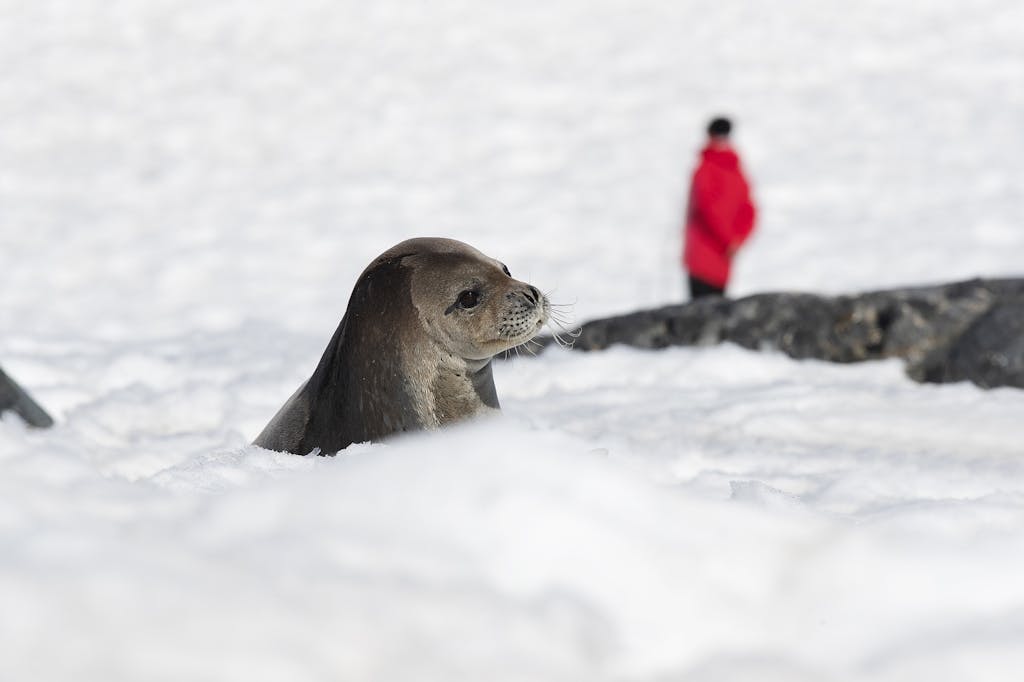
Another hint: You can rent boots from Ship-to-Shore, Silversea’s gear operator. The boots are delivered to your suite for your use during the voyage. And make sure you take a look at Silversea’s own suggested packing list.
On my first Antarctica cruise, I learned that neck gaiters — tublike neck warmers — were much more effective than scarves. Fortunately I was able to buy one in Ushuaia before we boarded our ship. Also, good hand and face lotion and lip balm are necessities.
10. Embrace the Drake
Everyone who’s cruised to Antarctica via the Drake Passage has had one, two or both of these experiences: A two-day crossing between the tip of South America and the White Continent, on the way over and again on the way back, is either the Drake “shake” (one of the roughest channels of water in the world) or the Drake “lake” (purely smooth seas).
“We monitor the passage very closely, and we allow over 50 hours for the crossing, each way,” Combrink says, “which means we cross at very slow speed. Our captains are under no pressure whatsoever to speed through the Drake just to make the schedule. If we miss the evening departure, the weather systems move fast, so we’ll leave the next morning.”
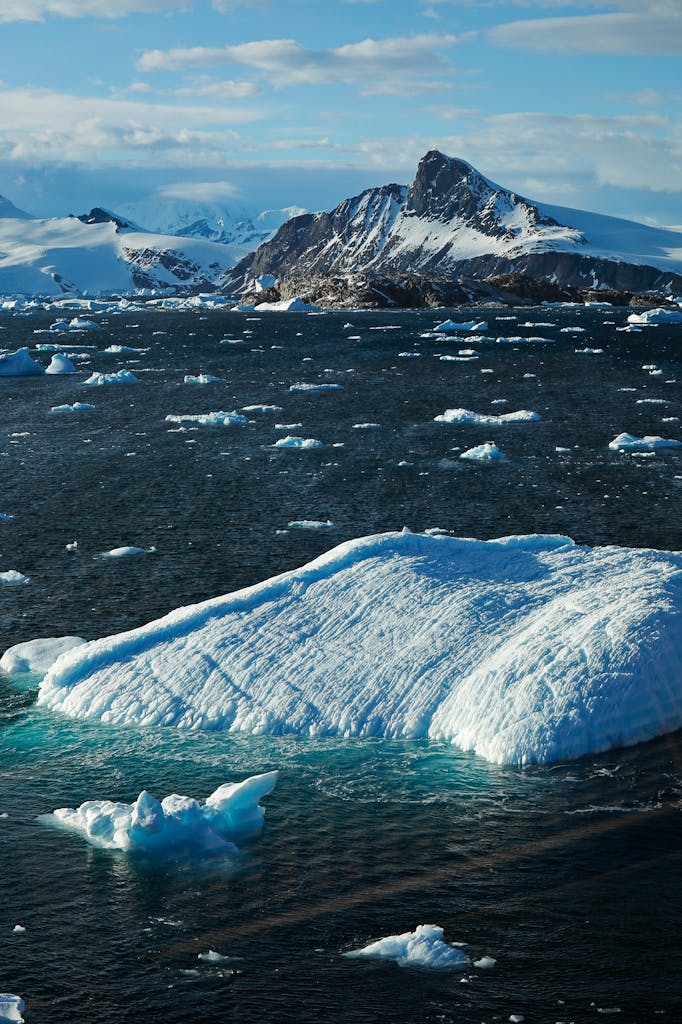
More advice from the expedition expert who’s clocked in over 75 trips to the Antarctic continent: “People overthink the Drake too much,” Combrink says. “Don’t overthink it. It won’t be unsafe. That’s the fundamental principle of everything we do. The reality is by the time we leave Ushuaia, there’s enough time to take (seasickness) medication.” And this is new: Silversea’s introduced a fourth Antarctica itinerary: The Antarctica Bridge cruise option allows you to avoid passage through the Drake Passage by flying to the continent instead.
11. Follow the rules
Although Silversea prioritizes guest service in everything it does, the cruise line is very strict about enforcing the rules of the International Association of Antarctic Tour Operators (IAATO), a self-regulatory group that promotes environmentally responsible private-sector travel to the Antarctic. Following the guidelines is critical to preserving the world’s most pristine ecosystem.
“We’re very conscious of our responsibility to the destination,” says Combrink. “We support the IAATO mission 100 percent. We brief the guests with very detailed information about security measures and the dos and don’ts (when they’re on shore) according to the IAATO protocols. We need to create ambassadors for Antarctica and like to think everyone is touched by the continent and by the preservation of the place.”
Inspired to explore Antarctica? Find your cruise here.



